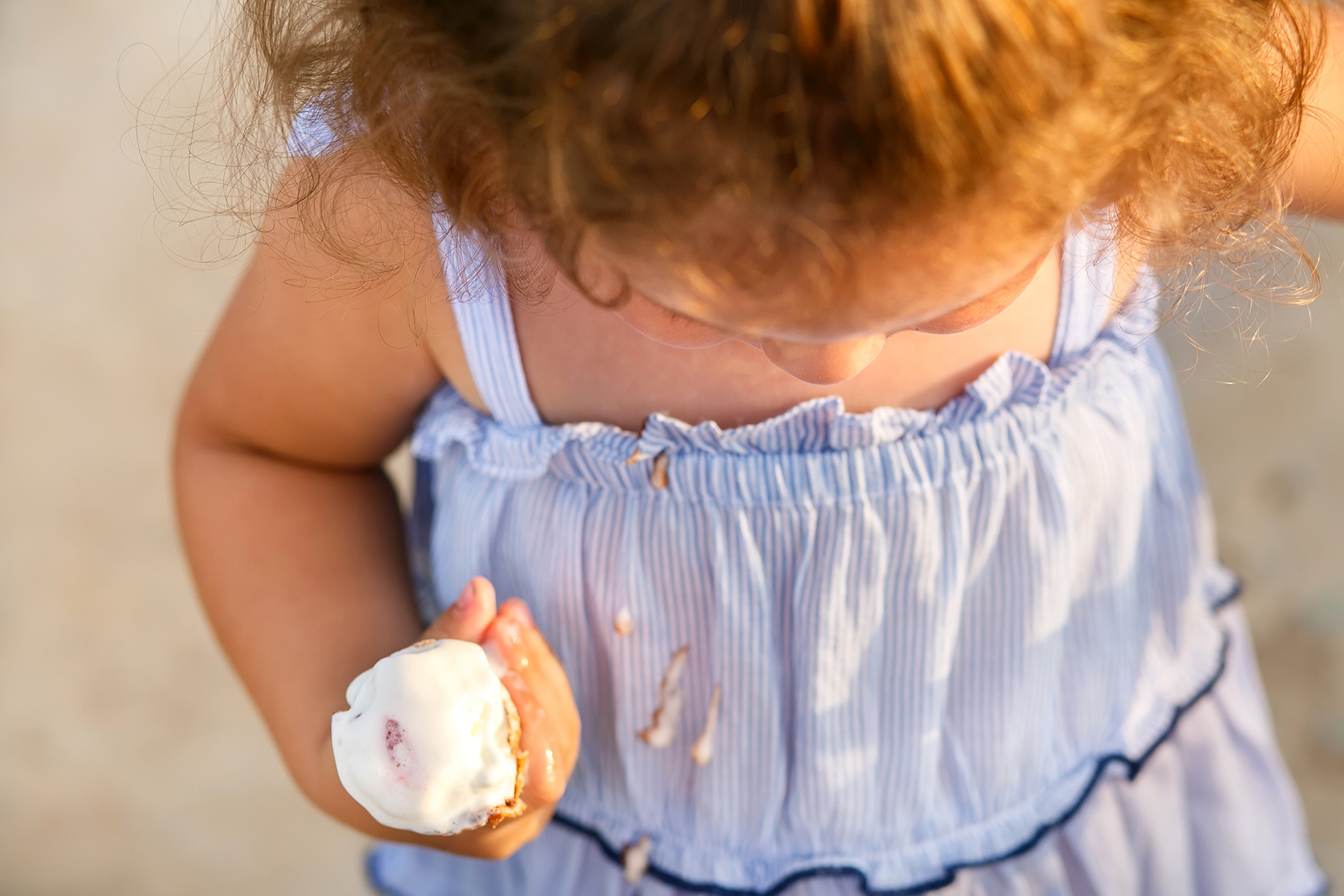Sun, Fun, And Stain-Free
Tips For Staying Spotless This Summer Season

Summer is a season for swimming pools, running through sprinklers, water balloon fights, tree climbing, gardening, grilling out, and al fresco dining. Yet, amid the enjoyment, inevitable mishaps can occur, leaving behind stubborn stains from things like ground-in dirt, grass, popsicles, ketchup, mustard, and blood from the occasional scrape or cut on carpets, furniture upholstery, and clothing. But fear not! With the right tools and techniques, you can tackle these common summer stains with ease.
Universal Stain Removal Guidelines
Before jumping right into specific stain-fighting solutions, it’s essential to adhere to some universal rules to ensure effective and safe removal.
– Test any solutions in an inconspicuous spot first to avoid damaging or discoloring the surface.
– Start with gentle methods and escalate slowly, repeating gentler steps before resorting to harsher treatments.
– Allow stained areas to air dry completely between treatments, as some stains only reappear when dry.
– Never mix stain-fighting solutions, especially chlorine bleach with ammonia, as it can produce toxic fumes.
– Avoid using high heat until you’re sure a stain is completely gone, as this can set the stain permanently.
– When in doubt or unsuccessful in removing a stain, seek professional help.
The Four-Step Treatment Method
For most common stains, different solutions may be recommended based on stain chemistry, but the same treatment method applies.
1. Blot and Dab: Quickly blot away as much of the spill as possible using paper towels or clean white cloths. For dried stains, gently scrape away as much as you can using a plastic tool or the back of a butter knife, then re-wet the area with cold water.
2. Apply Solutions: Using the following recommended solutions, alternately spritz, sponge, or dab onto the stain, then blot dry with a clean cloth until no more stain transfers.
3. Allow to Dry and Repeat: Let the area dry completely, then repeat the previous steps several times before considering harsher treatments.
4. Rinse and Dry: Once the stain is gone, either launder as normal or be sure to rinse away any solution residues thoroughly and blot or air dry the area.
Common carpet Stains
– Ice Cream/Chocolate: Blot as much excess away as possible with cold water, then use a diluted grease-busting dishwashing liquid or enzyme-containing detergent.
– Ketchup or Mustard: Start with a solution of clear dishwashing liquid in lukewarm water. For stubborn stains, try a weak solution of hydrogen peroxide or ammonia in water, noting that both may have bleaching effects.
– Popsicles and Fruit-Flavored Drinks Containing Bright Dyes: Begin with a small amount of clear dishwashing liquid in lukewarm water. If needed, use a powdered stain remover then vacuum.
– Wine: Pour small amounts of club soda or cold water onto the stain and blot. For persistent stains on light-colored textiles, try a few drops of diluted ammonia or a baking soda paste. If using a paste, gently scrape to loosen and vacuum after it dries.
– Beer: Start with a solution of dishwashing soap and water, or a solution of white vinegar and lukewarm water if that doesn’t work.
– Blood: Start with a mild dishwashing liquid or non-alkaline detergent mixed with water. If stain is dried, try a small quantity of diluted ammonia or hydrogen peroxide, or, if bleaching is a concern, white vinegar.
Common clothing Stains
– Salad Dressing / Mayonnaise: Speed is of the essence with oil-based stains as allowing them to dry can cause permanent setting. Pretreat with chemical agents such as regular laundry detergent or grease-fighting dish soap, allowing it to work chemically for at least 15-20 minutes before blotting and rinsing with hot water.
– Mud/Ground-in Dirt: Allow mud to dry before scraping or brushing away excess, then pretreat with laundry or dishwashing detergent. Rubbing or blotting can cause the stain to spread and become more entrenched in fabric fibers.
– Grass: Soak in a 1:1 solution of white vinegar and cold water for 15-30 minutes, then scrub gently with a nylon-bristled brush.
– Sunscreen: Most sunscreens contain avobenzone, which, when combined with water, causes rusty fabric stains. Avoid using forms of bleach (chlorine or oxygen-based), opting instead for a solution specifically formulated to remove chemical rust.
– Antiperspirant/Deodorant: Use weak acid-based solutions like lemon juice or hydrogen peroxide for white stains, and baking soda paste for yellowing stains, before graduating to a commercial whitening solution.
With these comprehensive stain removal techniques at your disposal, you can enjoy a summer filled with fun and adventure without worrying about the aftermath of spills and stains. So keep this guide on hand all season long, roll up your sleeves, and tackle those stains with confidence.

